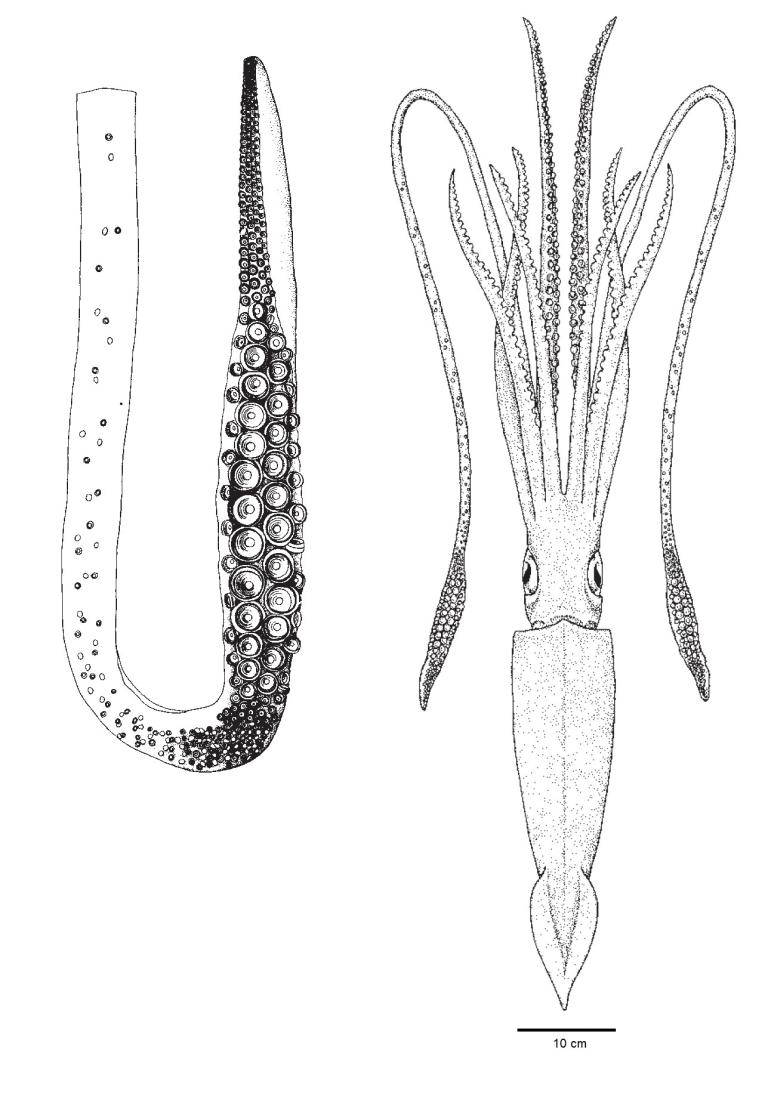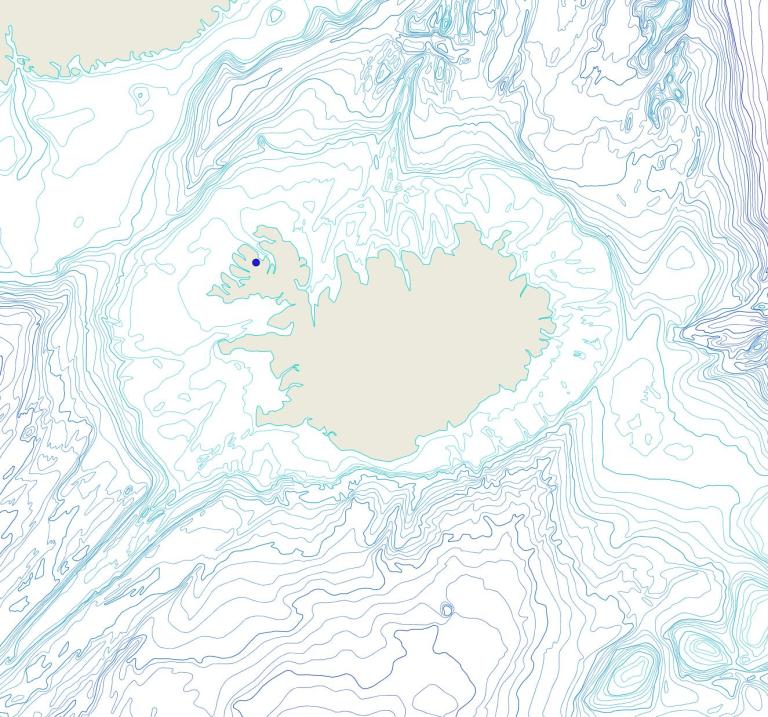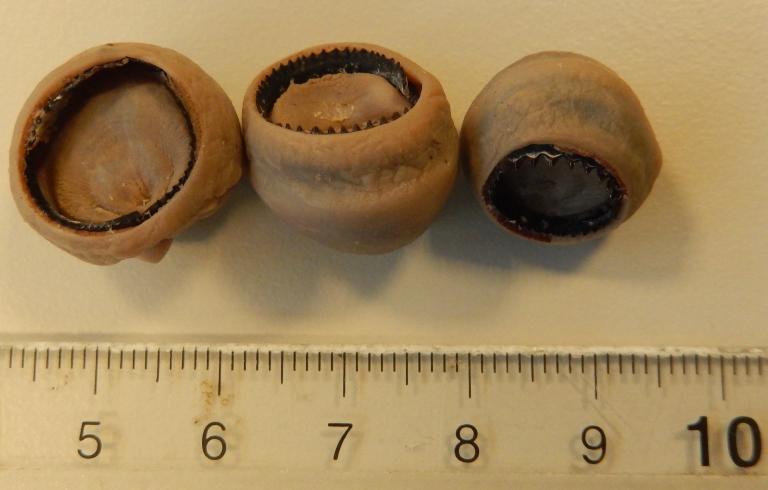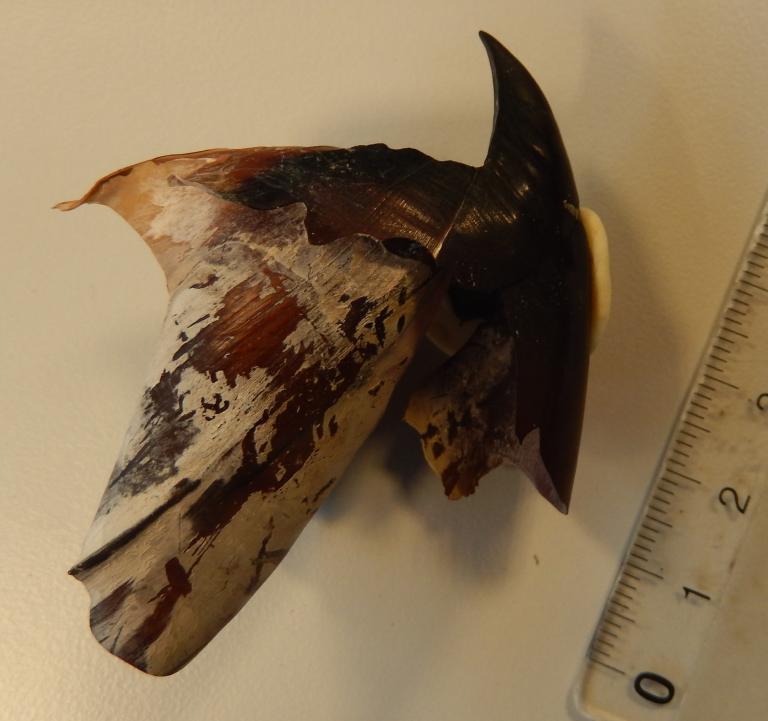
Almennt
Risasmokkurinn verður stærstur allra smokkdýrategunda og er líklega stærsti núlifandi hryggleysingi jarðar. Lengd bols á stærsta dýrinu mældist 2,79 m og heildarlengdin með útréttum örmum 10 til 12 m. Heildarlengd flestra tiltækra eintaka er þó frá 6-12 m. Helsta sérkenni tegundarinnar eru tiltölulega litlar sundblöðkur við afturenda, mjög langir armar og óvenju langar griplur, sem enda í áberandi stórum gripkólfum. Lýst hefur verið um 20 tegundum af ættinni Architeuthididae, en DNA greiningar og athuganir á líkamsgerð benda til að tegundin sé aðeins ein, þ.e. Architeuthis dux Steenstrup, 1857.
Risasmokkurinn er útbreiddur á djúpslóð, sennilega á grunnsævi og niður á um 800 til 1000 m dýpi, einkum í landgrunnshlíðum meginlanda. Tegundin virðist þó ekki vera á hafsvæðunum við heimsskautin og um miðbaug. Dýrin synda uppi um sjó, en leggjast einnig fyrir við botninn. Risasmokkar eru fæða fyrir búrhval og hákarla, en lifa sjálfir á stærri fiskum og ýmiskonar annarri bráð. Stundum rekur þá dauða á strendur Íslands.
ENGLISH
Architeuthis dux Steenstrup, 1857
The largest reliably recorded mantle length is 2.79 m, and total length may exceed 10-12 m. The species has worldwide distribution, from the low Arctic to the Antarctic waters. Occasional single foraging or stray animals are found in the subarctic or low arctic seas. It is a meso- and bathypelagic oceanic species, but dwells partly on the bottom, occurring down to 800-1000 m water depth. The species has high trophic position, mainly feeding on larger fish and squids. A. dux is an important food source for sperm whales and large sleeper sharks.
References:
Bruun A. Fr. Cephalopoda. In The Zoology of Iceland, (eds.) A. Fredriksson andS. L. Tuxen. Ejnar Munkagaard, Copenhagen, Vol. 4, Part 64, 1945. 45 pp.
Försch, E. C. 1998. The marine fauna of New Zealand: Cephalopoda: Oegopsida: Architeuthidae (giant squid). NIWA Biodiversity Memoir 110. 113 pp.
Jereb P. and Roper C. F. E. (eds). Cephalopods of the world. An annotated and illustrated catalogue of cephalopod species known to date. Volume 2. Myopsid and Oegopsid Squids. FAO Species Catalogue for Fishery Purposes. No. 4, Vol. 2. Rome, FAO. 2010. 605p.
Roper C. F. E. 2016. Architeuthidae Pfeffer, 1900. Architeuthis Steenstrup 1857, Architeuthis dux Steenstrup, 1857. Version 27 February 2016. http://tolweb.org/Architeuthis_dux/19408/2016.02.27 in The Tree of Life Web Project, http://tolweb.org/
Winkelmann, I., F. Campos, J. Strugnel, Y. Cherel, P. Smith, T. Kubodera, L. Allcock, M. Kampmann, H. Schroeder, A. Guerra, M. Norman, J. Finn, D. Ingrao, M. Clarke and M. gilbert. 2013. Mitochondrial genome diversity and population structure of the giant squid Architeuthis: genetics sheds new light on one of the most enigmatic marine species. Proc. Royal Society B, 280. http://dx.doi.org/10.1098/rspb.2013.0273
Paxton C. G. M. Unleashing the Kraken: on the maximum length in giant squid (Architeuthis sp.). Journal of Zoology, 2016. Vol. 300. – P. 82-88.
Alexey V. Golikov and Rushan M. Sabirov, Kazan Federal University, Department of Zoology & Gudmundur Gudmundsson, Icelandic Institute of Natural History, Department of Collections and Systematics
Cite this page as: Golikov A. V., Sabirov R. M., Gudmundsson G. (2017). Cephalopoda, Architeuthis dux Steenstrup, 1857. http://www.ni.is/biota/animalia/mollusca/cephalopoda/architeuthis-dux
Útbreiðslukort

Myndir


Höfundur
Alexey Golikov mars 2017
Biota
- Tegund (Species)
- (Architeuthis dux)